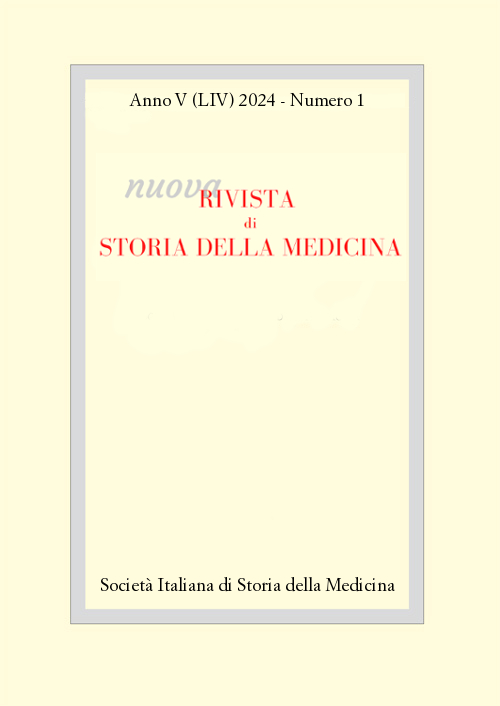Purgatory, cult of the abandoned dead and funerary rituals in the popular culture of Naples
DOI:
https://doi.org/10.13135/2724-4954/10017Keywords:
Purgatory, Cult of the Dead, Cult of Souls in Purgatory, Double burial, terresante, scolatoi, votive ShrinesAbstract
The cult of the souls in Purgatory had an extraordinary spread in Naples since the beginning of the XVII century. In this city the cult took on unique characteristics due to its particular interest in abandoned souls, and because it was intertwined with the veneration of anonymous skulls present in the ossuaries and in the hypogea of the churches, the terresante. In these underground crypts a funerary practice called scolatura (draining) of the dead took place, a procedure aimed at drying/skeletonising the corpses. The skulls accumulated over the centuries in these places, or come to light during urban excavations for restoration works, in the late XIX century became objects of a worship that saw them as representatives of abandoned souls in the afterlife. This version of the cult of souls in Purgatory was officially forbidden by the Church in 1969, but the devotion continued nonetheless. The exceptional diffusion of the cult of Purgatory and abandoned dead is attested by the numerous votive shrines present in the streets of the historic centre of the city featuring niches populated by figurines depicting suffering souls with the lower half of the naked body characteristically engulfed in flames. Among them, the presence of a miniature skull is constant, visible embodiment of abandoned souls in Purgatory, thus indicating the centrality and symbolism of this element.



